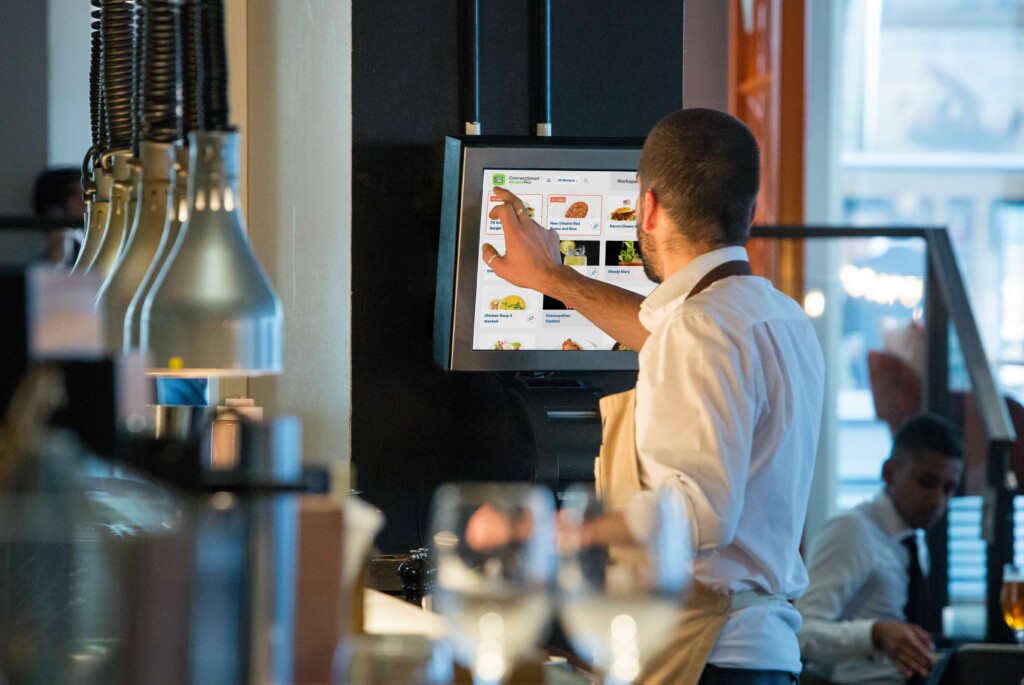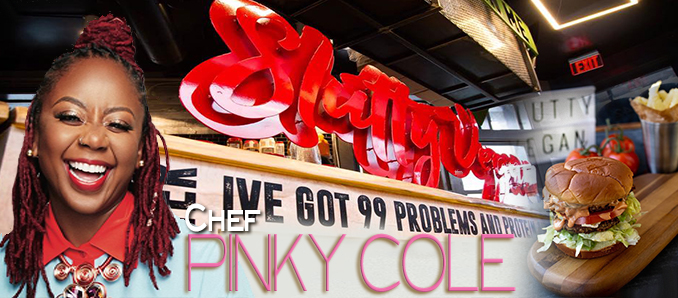By Brian Wayne, Vice President of Customer Success
The restaurant industry has experienced significant changes in the past few decades, largely driven by advancements in technology. From the dominance of point-of-sale (POS) systems in the early days to the current emphasis on kitchen display systems (KDS), mobile technology, and AI, restaurants have increasingly turned to innovation to meet consumer demands and streamline operations.
the current emphasis on kitchen display systems (KDS), mobile technology, and AI, restaurants have increasingly turned to innovation to meet consumer demands and streamline operations.
When I began my career in the restaurant technology sector in the late 1990s, technology was seen as a supporting tool rather than a critical driver of business success. Today, that has changed. The evolution of tools like KDS has made kitchen management more efficient, while front-of-house technologies have empowered guests with more control over their dining experiences.
How Technology Has Transformed Restaurants
Over the years, technology has transformed restaurants from the inside out. Early solutions were often basic and expensive, with limited functionality. However, innovations have drastically improved operational efficiency and the guest experience.
For instance, the adoption of KDS technology has streamlined kitchen workflows, ensuring that orders are communicated clearly and executed accurately. Similarly, mobile technology and apps have changed how guests interact with restaurants, from reservations and waitlist management to personalized communication via SMS. These changes reflect a broader industry shift toward offering convenience, speed, and customization.
More recently, artificial intelligence (AI) has emerged as a potential game-changer for restaurants. Predictive ordering, AI-driven voice ordering in drive-thrus, and real-time forecasting tools are helping operators address modern challenges such as labor shortages, order accuracy, and wait time management.
Why Restaurants Update Their Tech Stack
Restaurants often reevaluate their technology stack for several reasons:
- Legacy Systems: Older systems may no longer meet operational needs, resulting in inefficiencies and rising maintenance costs.
- Scalability: As restaurants expand, they require systems that can grow with them. • Integration Challenges: The ability to integrate multiple platforms, such as POS and KDS, is increasingly important for seamless operations.
- Consumer Expectations: Guests now expect intuitive technology that enhances their dining experience, such as real-time updates on reservations and orders. To remain competitive, restaurants may need to evaluate new technologies and upgrade when it makes sense for their business.
Updating a tech stack can also address labor challenges. For example, the role of an expediter, traditionally reserved for more experienced staff, can now be supported—or even replaced—by intelligent systems that guide food runners and optimize workflows, freeing up that experienced staff member to focus on other areas of importance. By providing real-time feedback and production data, modern systems enable restaurants to manage labor more effectively while maintaining service quality.
What to Look for in a New Tech Stack
For restaurants considering a technology upgrade, these factors are essential:
- Compatibility: Look for systems that integrate with existing infrastructure to avoid a complete overhaul.
- Scalability: Choose solutions that can support growth, from single-location operators to multi-unit chains.
- Data Insights: Systems that offer actionable analytics can improve efficiency and decision-making.
- Ease of Use: Intuitive technology is critical for staff adoption and consistent execution.
- Support: Strong vendor support ensures long-term success and helps restaurants adapt to future challenges.
Balancing Innovation with Practicality
While technology is vital for restaurant success, not all innovations are created equally. Novelty solutions, such as robotic bartenders or AI servers, may generate interest but are often expensive and impractical for everyday operations. Successful technology implementation should prioritize functionality and measurable impact over flashy features.
For example, robotics and AI are most effective when addressing specific challenges, such as reducing waste or improving order accuracy. Solutions like automated drink systems or kitchen cameras offer real value by solving operational pain points rather than merely serving as attention-grabbing innovations.
Focus on the Big Picture
Technology plays a crucial role in helping restaurants stay competitive in an ever-changing landscape. By carefully assessing their needs and selecting solutions that align with their goals, operators can build a tech stack that not only enhances efficiency but also delivers exceptional guest experiences.
As the restaurant industry continues to evolve, the most successful businesses will be those that embrace change while staying focused on what matters most: great food and great service.








